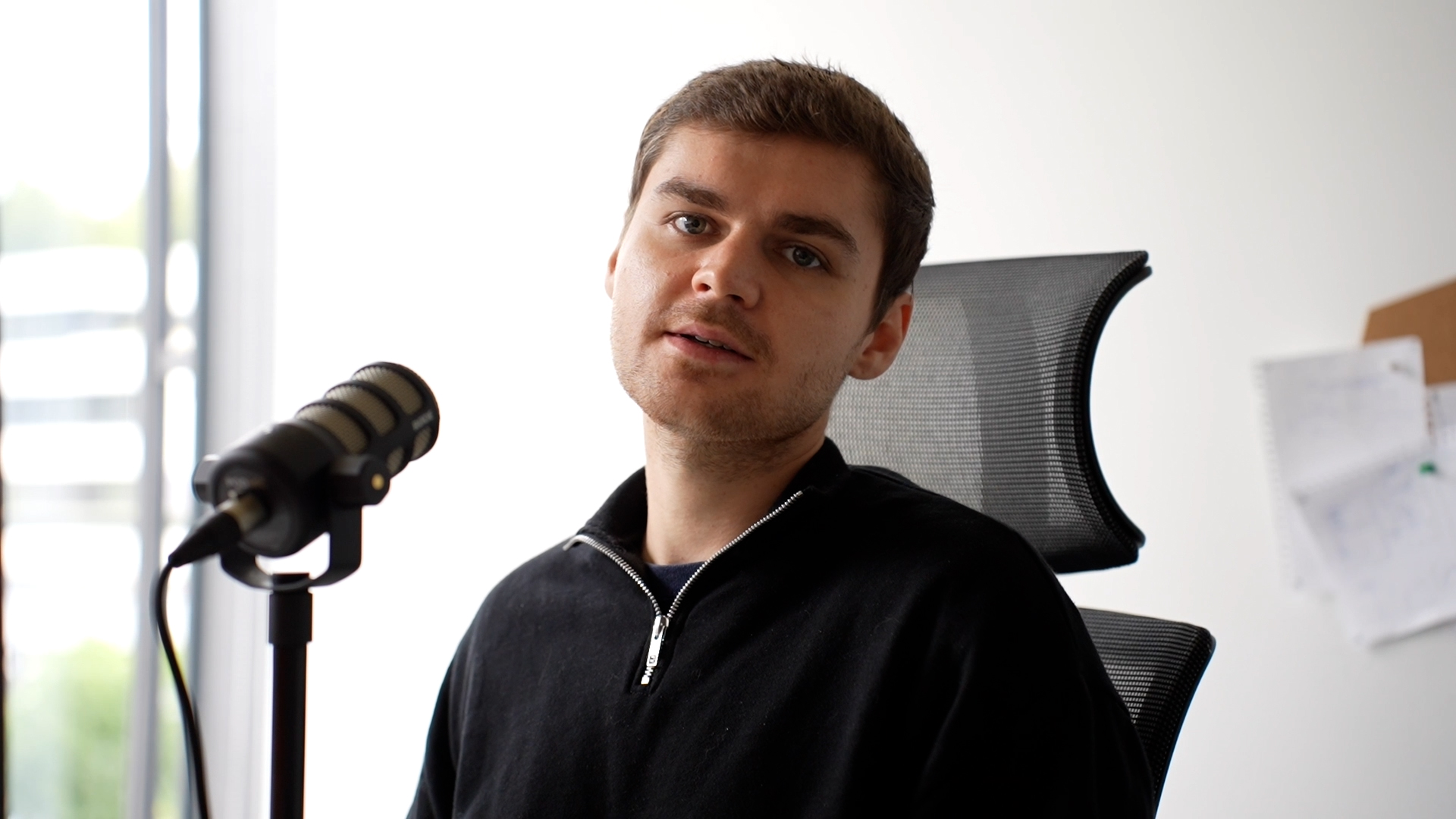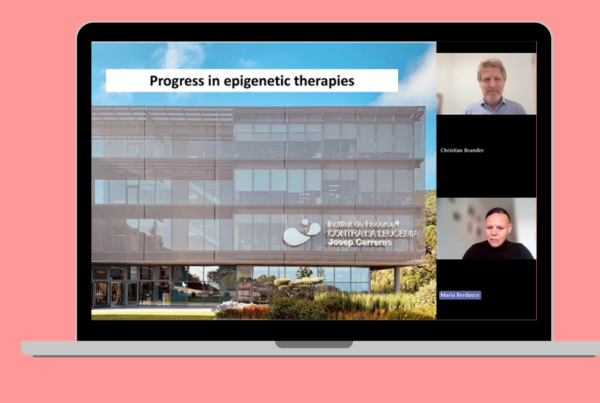
Tobias Wolff, bioinformatician at Saarland University, explains his work analyzing DNA methylation and gene expression in HIV and Long Covid patients, the challenges of managing large datasets, and the future of bioinformatics in viral disease research.
Can you introduce yourself and your role within the EPIVINF project?
My name is Tobias Wolff, and I am a bioinformatician at the Chair of Clinical Bioinformatics at Saarland University. As part of the EPIVINF project, I work on analyzing DNA methylation and gene expression data from HIV patients, as well as single-cell sequencing data from Long Covid patients.
What makes the EPIVINF project important for your research focus?
At our chair, we’re dedicated to understanding aging processes and complex diseases through cutting-edge computational methods. The EPIVINF project is a fantastic opportunity for us to apply bioinformatics to study the progression of viral diseases at a molecular level. Our goal is to contribute our expertise in data analysis to help advance the understanding and treatment of long-term effects caused by viruses such as HIV and COVID-19.
Can you explain the bioinformatics work you’re doing in EPIVINF and its significance?
As bioinformaticians, we play a crucial role in transforming large volumes of biological data into meaningful insights. In EPIVINF, we focus on analyzing DNA methylation and gene expression data from HIV patients. The goal is to identify epigenetic modifications and gene expression changes that could be associated with long-term health issues. These insights are essential in the development of new diagnostic tools and treatment strategies for chronic conditions linked to viral infections.
What progress has been made so far in the project?
We’ve already established a data storage plan and proven the functionality of the infrastructure necessary to store and process the large datasets involved. We’ve also implemented and tested the pipelines for data analysis. The next steps will involve using these pipelines to analyze the project’s data in depth.
What challenges have you faced during the project?
One of the major challenges has been managing the sheer size and complexity of the datasets, as well as the variability across the samples. We’ve had to apply rigorous quality control measures to ensure consistency and accuracy. Additionally, because we’re dealing with long-term patient data, we have to consider external factors like environmental influences that could impact our results.
How do you see bioinformatics contributing to the future of viral disease research?
Bioinformatics allows us to delve into the molecular mechanisms underlying viral diseases, offering insights that are hard to obtain through traditional methods. In the context of EPIVINF, our work could pave the way for more precise diagnostics and therapies, ultimately improving how we approach the long-term effects of viruses like HIV and COVID-19. It’s an exciting time for bioinformatics, and I believe we’re just scratching the surface of what’s possible.
What are the next steps in your research within EPIVINF?
With the data pipelines now in place, the next phase involves applying them to the project’s datasets. This will allow us to generate and interpret key biological insights that could potentially shape future treatments and interventions for viral diseases.






